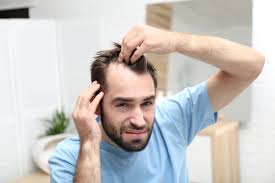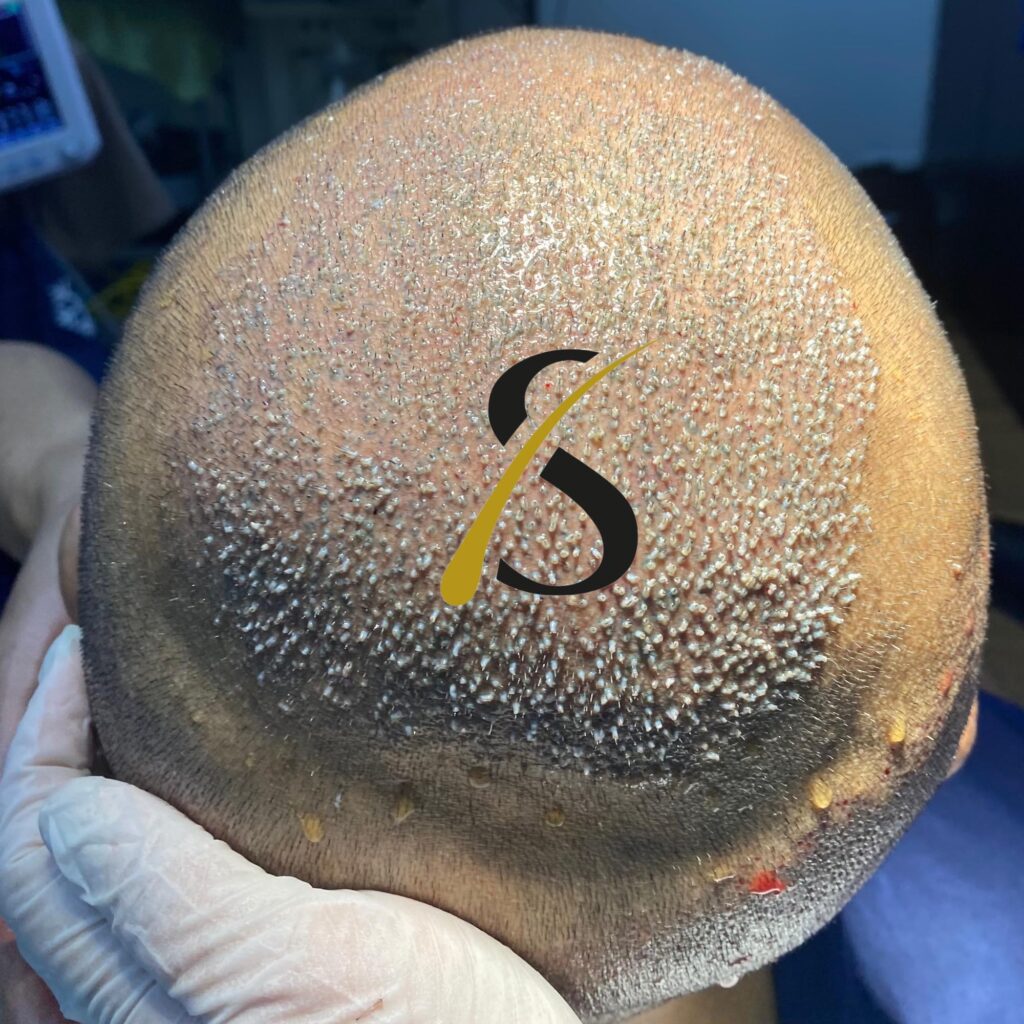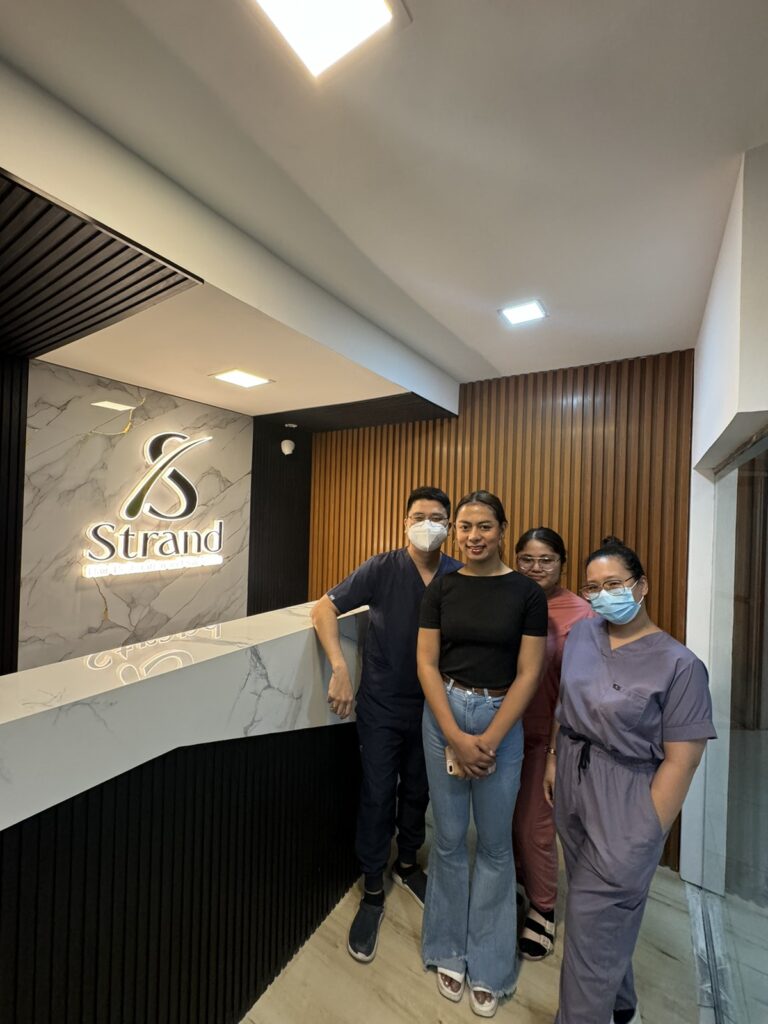Proven Hair Restoration Techniques: Which One Is Right for You?
Hair loss can impact your confidence, but there are several innovative solutions available today to help you regain a full head of hair. Choosing the right treatment depends on the severity of your hair loss, your overall health, and your personal preferences.
Here’s an overview of 5 proven hair restoration techniques to help you make an informed choice.
1. Follicular Unit Extraction (FUE)
FUE is one of the most popular hair transplant procedures. This minimally invasive technique involves extracting individual hair follicles from a donor area (usually the back of the scalp) and transplanting them to the thinning or balding areas. Since it uses your natural hair, the results are permanent and natural-looking.
- Ideal for: People with significant hair loss who want long-lasting results.
- Recovery time: Minimal downtime, with full results visible within 6-12 months.
2. Platelet-Rich Plasma (PRP) Therapy
PRP therapy uses your own blood plasma, rich in growth factors, to stimulate hair regrowth. It’s a non-surgical option that works by injecting PRP into the scalp, which activates hair follicles and promotes new growth.
- Ideal for: Those experiencing early-stage hair thinning or looking to maintain their current hair.
- Recovery time: No downtime, with several sessions recommended for optimal results.
3. Scalp Micropigmentation (SMP)
SMP is a cosmetic procedure that uses tiny tattoos to create the illusion of fuller hair. While this method doesn’t regrow hair, it can enhance the appearance of a closely shaved or thinning scalp, giving a more defined and natural look.
- Ideal for: Men with complete baldness or those who prefer a buzz-cut look.
- Recovery time: Minimal downtime, with results visible immediately.
4. Low-Level Laser Therapy (LLLT)
LLLT is a non-invasive treatment that uses laser light to stimulate hair follicles and encourage hair growth. It’s often used as a complementary treatment to enhance the effects of other hair restoration methods.
- Ideal for: Individuals in the early stages of hair loss or as a maintenance therapy.
- Recovery time: No downtime, but multiple sessions are required over several months.
5. Medication (Finasteride & Minoxidil)
For those looking for a non-surgical approach, medications like finasteride and minoxidil are widely used to slow down hair loss and, in some cases, regrow hair. These medications are most effective for early-stage hair loss and need to be taken consistently for long-term results.
- Ideal for: People in the early stages of hair thinning.
- Recovery time: No recovery, but continuous use is necessary for sustained benefits.
Not sure which treatment is right for you? Book a free consultation at STRAND Hair Restoration Clinic, and let our experts design a personalized hair restoration plan that meets your unique needs.



